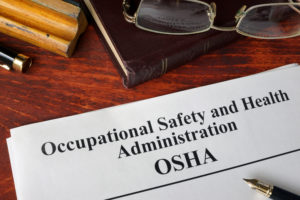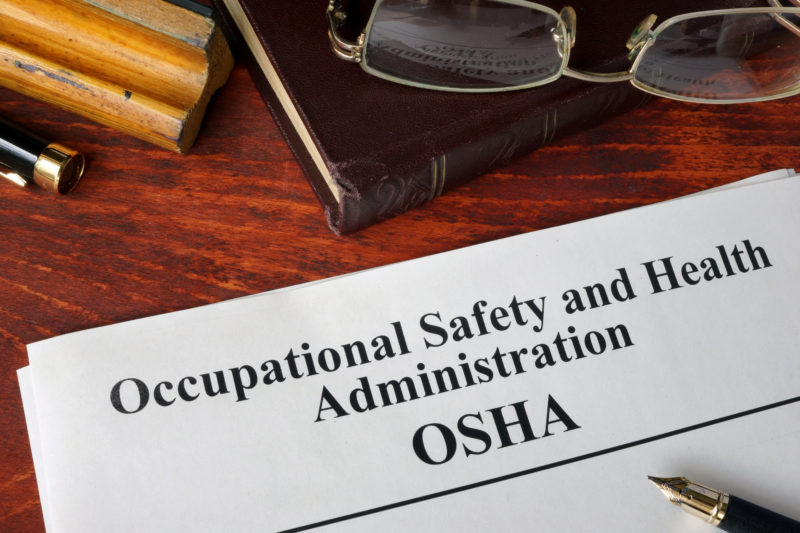 The Occupational Safety and Health Administration (OSHA) has announced the 10 most frequently cited workplace safety violations for 2017 and while the results are preliminary, the agency doesn’t expect much to change as the top-10 list has stayed fairly consistent year over year with slight changes only to the order of the violations.
The Occupational Safety and Health Administration (OSHA) has announced the 10 most frequently cited workplace safety violations for 2017 and while the results are preliminary, the agency doesn’t expect much to change as the top-10 list has stayed fairly consistent year over year with slight changes only to the order of the violations.
As usual, violations of the Hazard Communication Standard (HazCom) dominated the list so below, we offer some HazCom compliance tips on four key compliance pain points for business owners in order to avoid becoming a statistic on next year’s violations report.
1. List hazardous substances used in your workplace on readily available safety data sheets (SDSs) for each substance.
Prepare a list of all hazardous chemicals present in the workplace as part of the written hazard communication program using a product identifier that is referenced on the appropriate SDS. If an SDS is missing, get it from the manufacturer, distributor, or another source. If you rely on SDSs supplied by a manufacturer, importer, or distributor, you are not liable for their accuracy as long as you have accepted the SDS in ‘good faith,’ or without blank spaces or inaccuracies.
2. Update your written hazard communication program to address SDSs, labeling, and training.
Your written hazard communication program is the backbone of your HazCom compliance – and will be the first thing a compliance officer or inspector will review. While it doesn’t have to be long, it does have to be thoughtful, explicit, and comprehensive, outlining all the parts of your program, including label descriptions, other forms of warning in the workplace, the SDSs, and how the employee information and training requirement will be met, and then made available to all employees.
3. Label each container holding a hazardous substance with a product identity and hazard warning.
Ensure that each hazardous chemical covered by HazCom has a label that is firmly attached and legible so all exposed employees can read the label and use the information to protect themselves.
However, as an alternative to labeling your individual process containers, you may:
- Substitute certain written materials for container labels on stationary process equipment if they contain the same information as the labels, and the written materials are readily accessible to employees in the work area throughout
- Post signs that convey the hazard information if there are several stationary containers within a work area that have similar contents and hazards
- Implement alternative labeling systems such as the National Fire Protection Association (NFPA) 704 Hazard Rating and the Hazardous Material Information System (HMIS) as long as those systems are consistent with the Globally Harmonized System of Classification and Labelling of Chemicals (GHS) labeling system
4. Develop a HazCom employee training program. Make sure it includes:
- Explanation of SDSs and how to use and obtain them
- SDS contents for each hazardous substance or class of substances
- ‘A Right to Know’ with explanation
- Information on where employees can find your written hazard communication program
- The location of physical and health hazards and the specific protective measures to be used
- Hazard communication program details, including how to use the labeling system and SDSs
- How to obtain information on the types, selection, proper use, location, removal, handling, decontamination, and disposal of personal protective equipment
- Emergency contacts
While violations of HazCom are consistently at the top of OSHA’s annual list, businesses that consider – and adhere to – these four key compliance points for handling hazardous chemicals position themselves and their employees for a safe, productive and compliant year. Need help staying compliant? Let GSM be your compliance partner, get in touch today.

